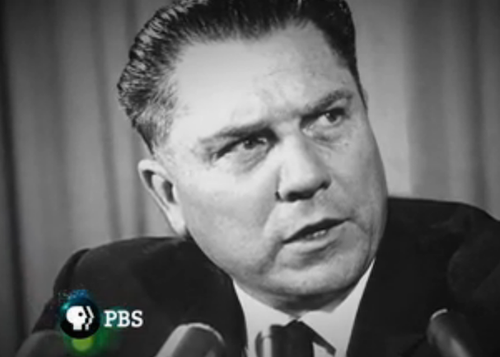
Like the JFK assassination, the mystery and the persistent questions about anthrax killings in 2001, won’t go away.
The latest is a detailed article in the magazine WIRED, by Noah Shactman, who writes that scientists involved in helping the FBI crack the deadly mystery still have lingering doubts and questions about the probe that concluded that civilian government scientist Bruce Ivins mailed the letters that killed five people and sickened 17 others. Ivins committed suicide in July 2008 before prosecutors could file charges.
Schactman writes that Clair Fraser-Liggett, a genetic specialist in Maryland who led the team that sequenced the DNA of the anthrax in the letters, has reservations. “There are still some holes,” she told the author.
In Flagstaff, Arizona, scientist Paul Keim, who first identified the anthrax strain in the case, told WIRED: “I don’t know if Ivins sent the letters.” The author also spoke to FBI agent Edward Montooth, who headed up the investigation, who said he’s convinced Ivins mailed the letters but he’s uncertain about the motivation and when he concocted the deadly anthrax.
“We still have a difficult time nailing down the time frame,” he says. “We don’t know when he made or dried the spores.”
The WIRED article was posted on the website on Thursday, just days after the FBI got some welcoming news from a report by the Expert Behavioral Analysis Panel, which concluded Ivins’ psychiatric records “does support the Department of Justice’s (DOJ’s)determination that he was responsible.” A federal judge had ordered the panel to review the case and Ivins.
The FBI and Justice Department have faced a wave of skepticism from politicians on Capitol Hill, Ivins’ attorney and Ivins fellow scientists at Ft. Detrick in Maryland, who question whether Ivins was actually the culprit.
Their skepticism was bolstered in February by a 170-page report by the National Research Council, which found that the Justice Department overstated its case when it definitively concluded that the anthrax used in the deadly mailings came from a flask from Ivins’ laboratory at Fort Detrick labeled RMR-1029. The report, which was commissioned by the FBI, said it did not rule out other possible sources.
“The scientific link between the letter material and flask number RMR-1029 is not as conclusive as stated in the DOJ Investigative Summary,” the report said.
However, Lehigh University President Alice P. Gast, who led the 16-member National Research Council Committee that reviewed the cutting-edge science used in the investigation, said: “We find the scientific evidence to be consistent with their conclusions but not as definitive as stated.
To read the full WIRED story click here.




